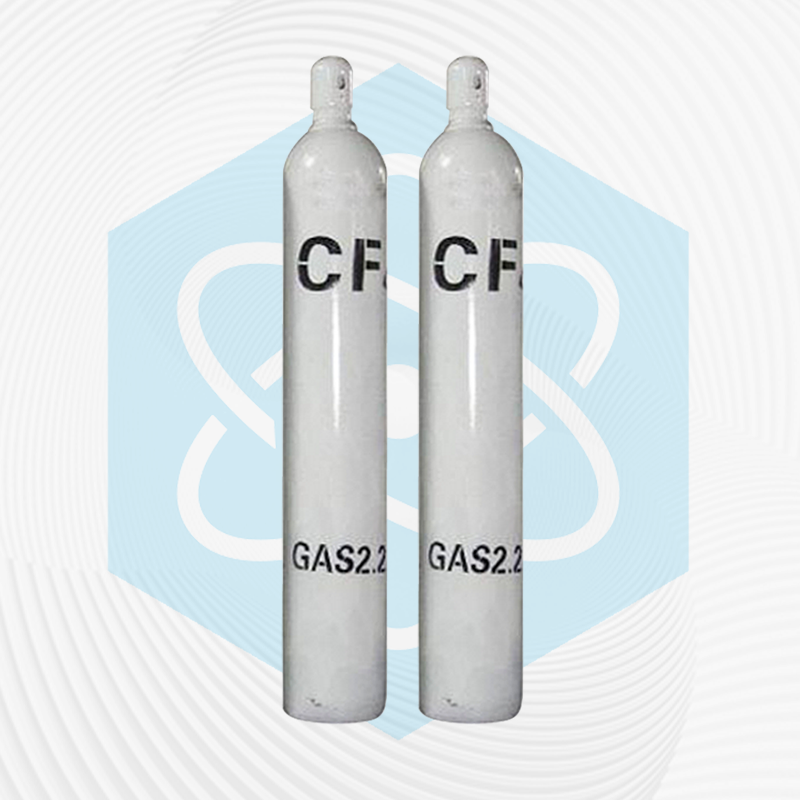Descrizione del gas
Tetrafluorocarburo, noto anche come tetrafluorometano. Gas incolore, inodore e inodore. Insolubile in acqua, 0,0015 a 25 ℃ sotto pressione normale, solubile in cloroformio e benzene. Questo prodotto è atossico e non infiammabile. Ad alte concentrazioni ha un effetto anestetico. Il suo gas ad elevata purezza e la sua miscela con ossigeno ad elevata purezza sono attualmente il gas di attacco al plasma più utilizzato nell'industria microelettronica. Il Chemicalbook può essere utilizzato anche come refrigerante a bassa temperatura e mezzo isolante. Buona stabilità chimica e termica, inerte a molti reagenti, non idrolizzata a 1000 ℃. Non reagisce con rame, nichel e tungsteno a temperatura ambiente. A causa della forte stabilità chimica del legame CF, i perfluorocarburi rappresentati da CF4 possono essere considerati essenzialmente non tossici.
Usi principali
Il tetrafluoruro di carbonio è attualmente il gas di attacco al plasma più utilizzato nell’industria microelettronica. È ampiamente utilizzato per incidere materiali a film sottile come silicio, biossido di silicio, nitruro di silicio, vetro fosforosilicato e tungsteno. È anche ampiamente utilizzato nella pulizia delle superfici di dispositivi elettronici, nella produzione di celle solari, nella tecnologia laser, nella refrigerazione a bassa temperatura, nell'isolamento dei gas, negli agenti di rilevamento delle perdite, nel controllo dell'assetto di razzi spaziali, nei detergenti, nei lubrificanti e nei liquidi dei freni nella produzione di circuiti stampati. . Grazie alla sua forte stabilità chimica, il CF4 può essere utilizzato anche in settori quali la fusione dei metalli e la plastica.
Conservazione e precauzioni
Conservare in un magazzino dedicato ai gas non combustibili fresco e ventilato. Stare lontano da scintille e fonti di calore. La temperatura di conservazione non deve superare i 30 ℃. Dovrebbe essere immagazzinato separatamente da materiali combustibili e ossidanti e dovrebbe essere evitato lo stoccaggio misto. L'area di stoccaggio deve essere dotata di attrezzature di risposta alle emergenze in caso di perdite.




